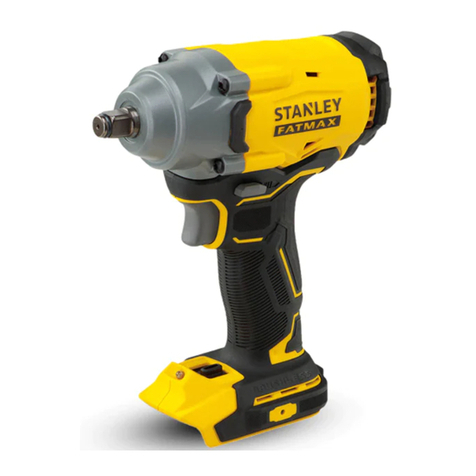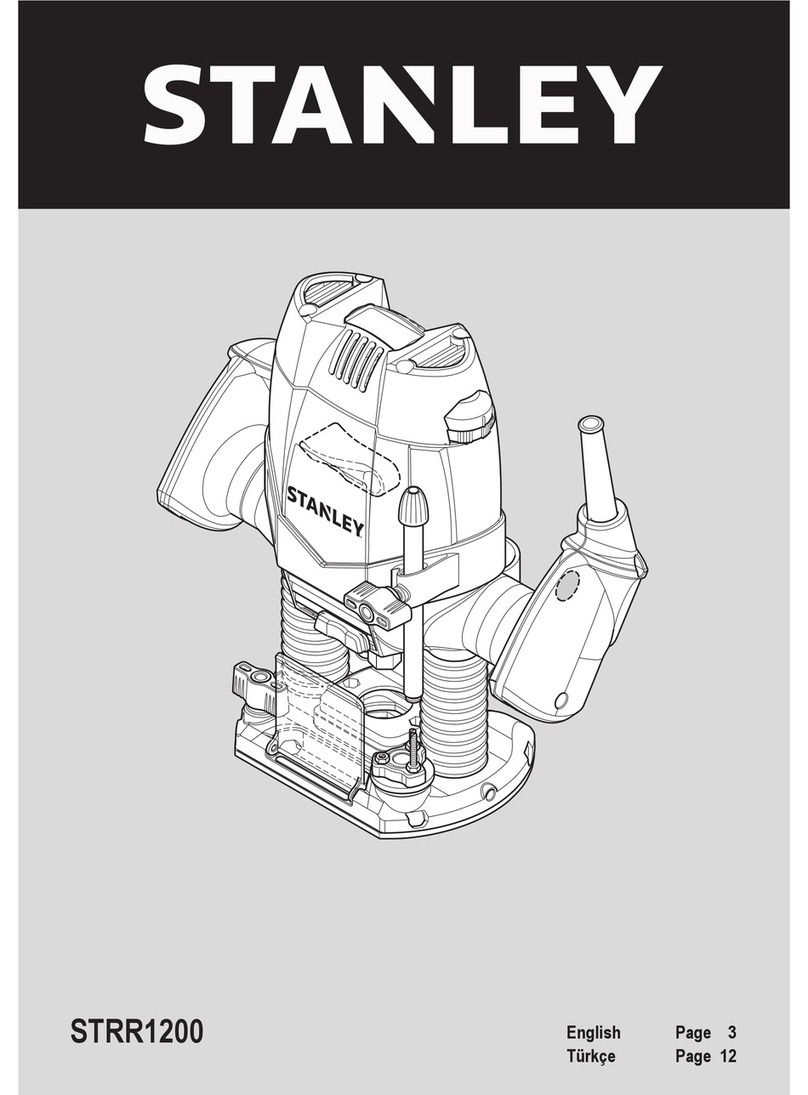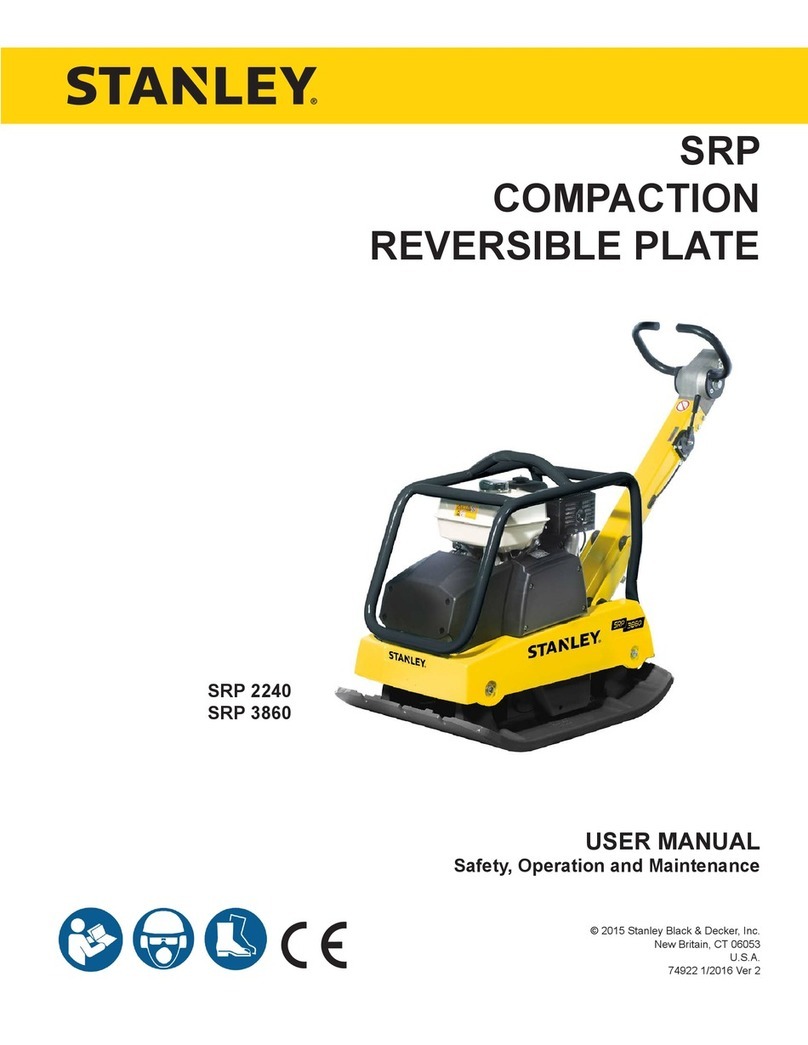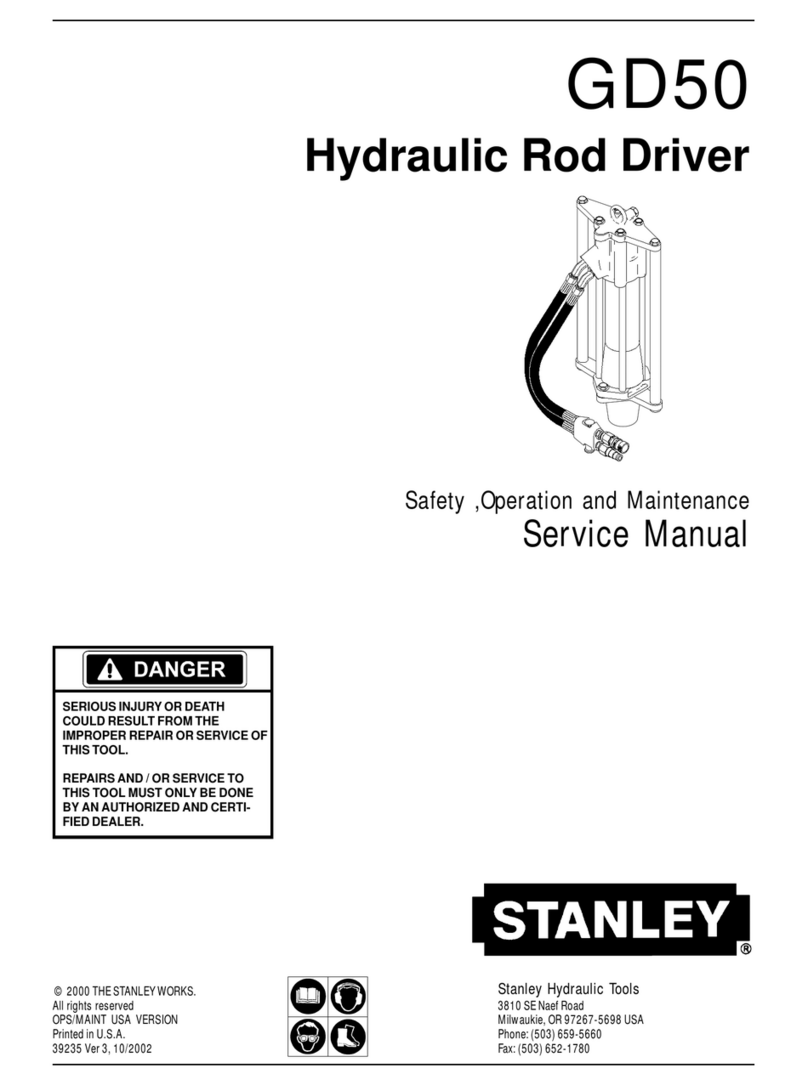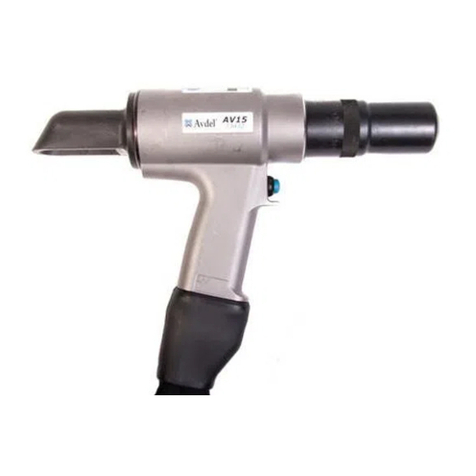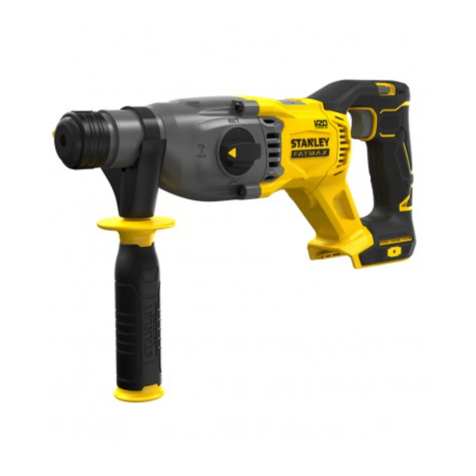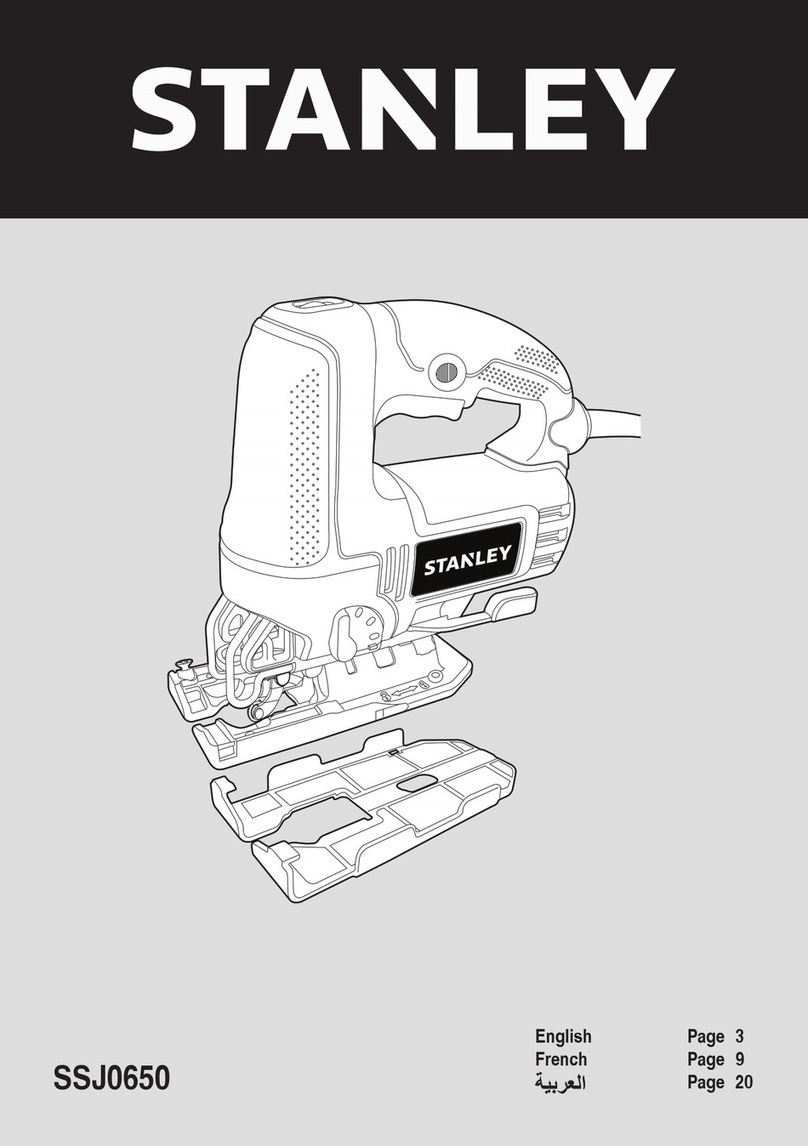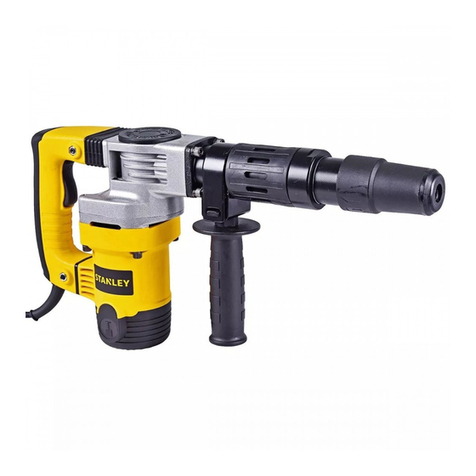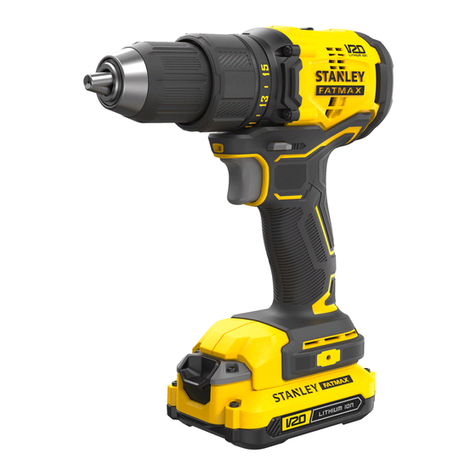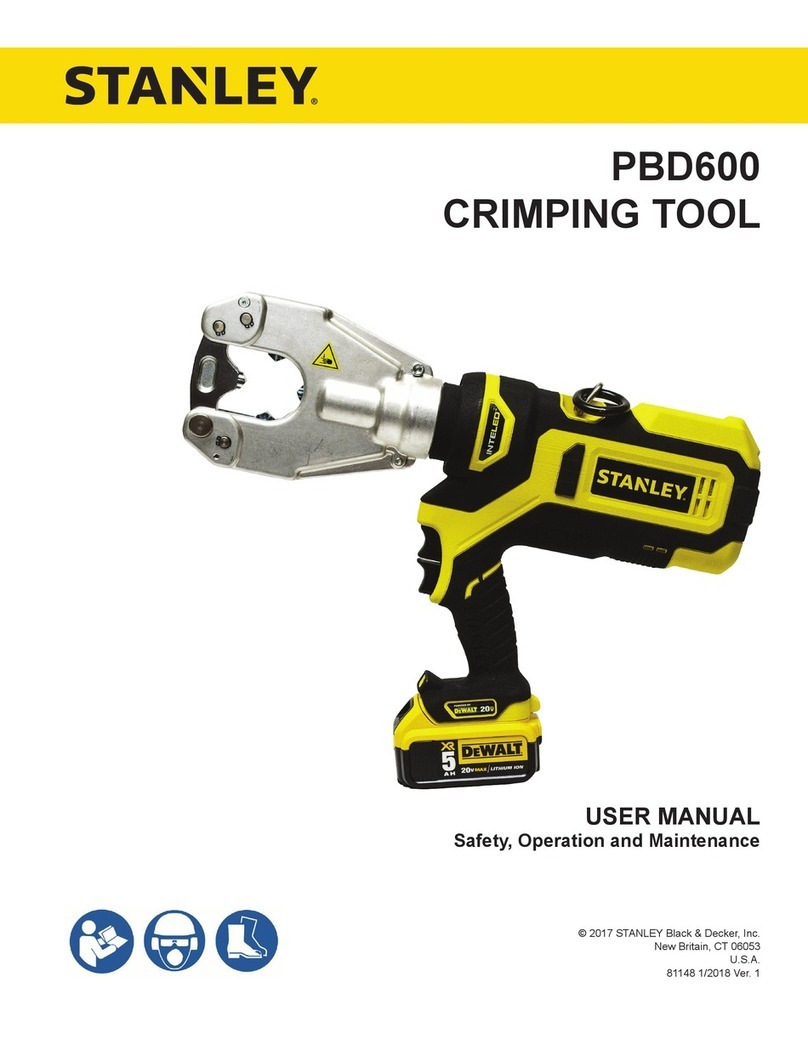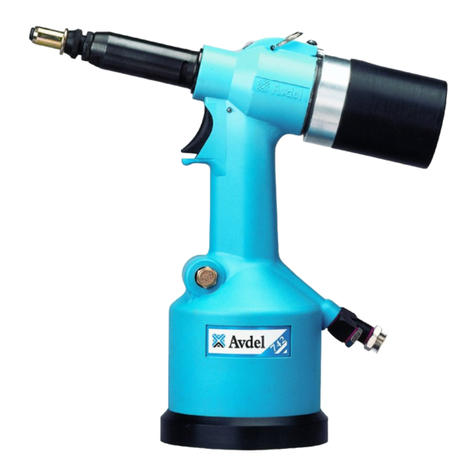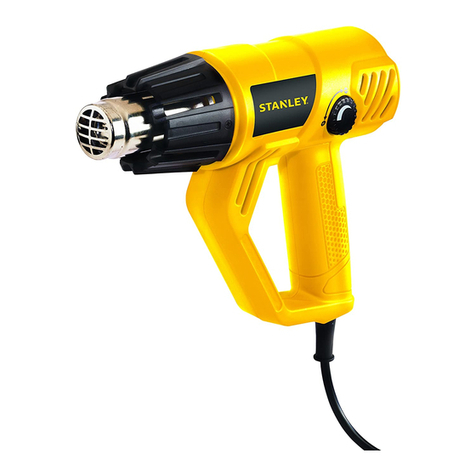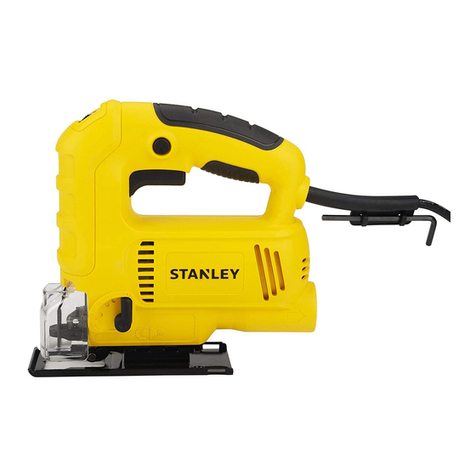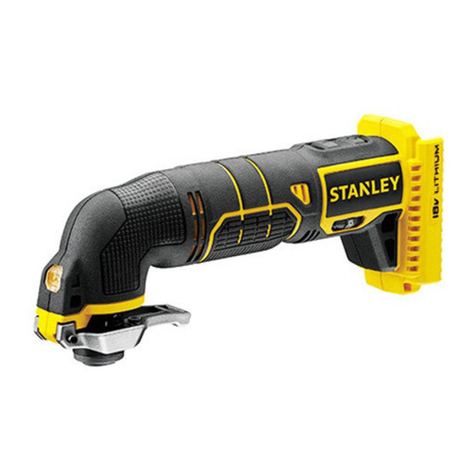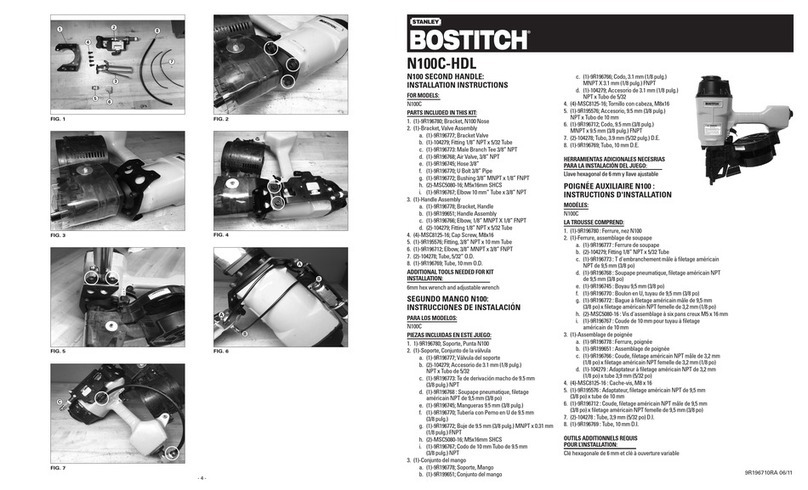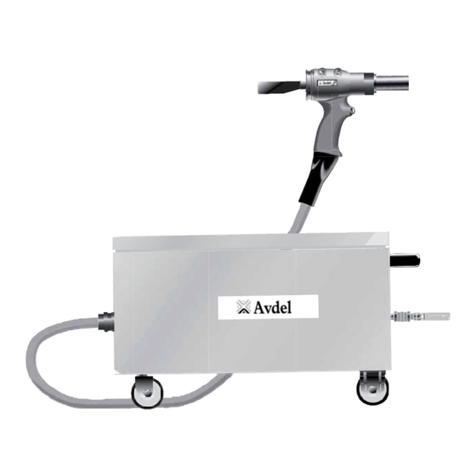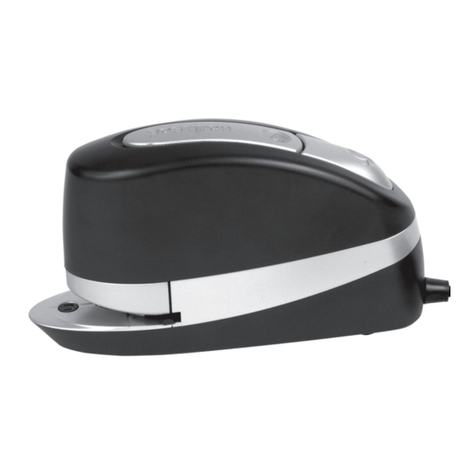
BR45 User Manual ◄ 5
SAFETY PRECAUTIONS
• Operator must start in a work area without
bystanders and must assess the risk to bystanders.
• Operators and maintenance personnel shall be able
to physically handle the bulk, weight and power of
the tool.
• The operator must be familiar with all prohibited work
areas such as excessive slopes and dangerous
terrain conditions.
• Establish a training program for all operators to
ensure safe operation.
• Do not operate the tool unless thoroughly trained or
under the supervision of an instructor.
• Always wear safety equipment such as goggles,
gloves, ear protection, head protection, breathing
protection and safety shoes at all times when
operating the tool.
• Do not inspect, carry or clean the tool while the
hydraulic power source is connected. Accidental
engagement of the tool can cause serious injury.
• Supply hoses must have a minimum working
pressure rating of 2500 psi/175 bar.
• Be sure all hose connections are tight.
• The hydraulic circuit control valve must be in the
“OFF” position when coupling or uncoupling the tool.
Wipe all couplers clean before connecting. Use only
lint-free cloths. Failure to do so may result in damage
to the quick couplers and cause overheating of the
hydraulic system.
• Do not operate the tool at oil temperatures above
140 °F/60 °C. Operation at higher oil temperatures
can cause operator discomfort and may damage the
tool. Never contact the tool bit, the bit can get hot.
• When using a non-rotary percussive tool to perform
work related activities, the operator can experience
discomfort in the hands, arms, shoulders, neck or
other parts of the body.
• If you experience numbness, tingling, pain or whit-
ening of the skin in your ngers or hands, stop using
the tool. Tell your employer and consult a physician.
• Do not operate a damaged, improperly adjusted or
incompletely assembled tool.
• Do not weld, cut with an acetylene torch or hard-
face the tool bit.
• To avoid personal injury or equipment damage,
all tool repair, maintenance and service must only
be performed by authorized and properly trained
personnel.
• Do not exceed the rated limits of the tool or use the
tool for applications beyond its design capacity.
• Inspect the tool before each use and ensure all de-
cals are legible. Contact STANLEY if replacements
are needed.
• Always replace parts with replacement parts
recommended by STANLEY.
• Ensure work piece is securely xed. Be aware that
failure of the work piece or accessories may gener-
ate high velocity projectiles.
• Check fastener tightness often and before each use
daily.
• Never operate the tool if you cannot be sure that
underground utilities are not present, such as
electrical cables, gas pipes, etc. These can cause a
hazard if damaged with the tool.
• The tool is not insulated against coming into contact
with electric power.
• Do not wear loose tting clothing when operating
the tool.
• WARNING: Some dust created by power sanding,
sawing, grinding, drilling, and other construction
activities contains chemicals known to the State
of California to cause cancer, birth defects or
other reproductive harm. Some examples of these
chemicals are:
• Lead from lead-based paints,
• crystalline silica from bricks and cement
and other masonry products, and
• arsenic and chromium from chemically-
treated lumber.
Your risk from these exposures varies, depending
on how often you do this type of work. To reduce
your exposure to these chemicals: work in a well
ventilated area, and work with approved safety
equipment, such as those dust masks that are
specially designed to lter out microscopic particles.
Protect yourself and those around you. Research
and understand the materials you are cutting.
Follow correct safety procedures and comply with
all applicable national, state or provisional health
and safety regulations relating to them, including,
if appropriate arranging for the safe disposal of the
materials by a qualied person.
• Warning: Hydraulic uid under pressure could
cause skin injection injury. If you are injured by
hydraulic uid, get medical attention immediately.
• Keep all body parts away from the working tool.
• When handling material or the tool bit, wear your


